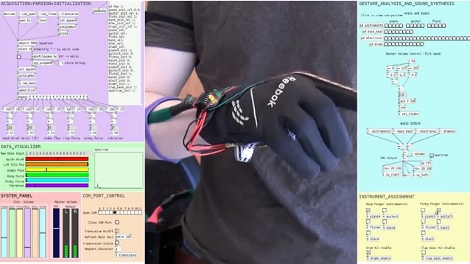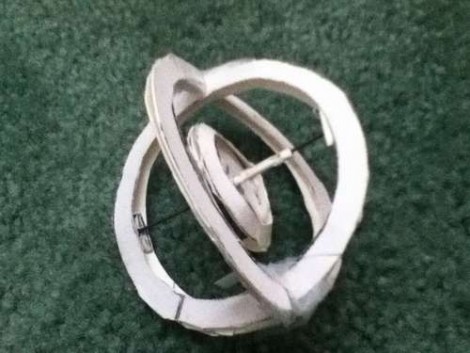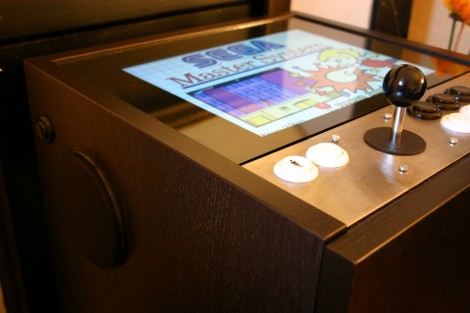Magnified glasses

A late hacking session, and parts-on-hand came together as the inspiration for [BadWolf’s] magnified glasses with LED lighting.
Pendulum Printer

This orb, when swung like a pendulum, prints images by dropping ink out the bottom. A processing sketch works in conjuction with a Wii Remote and an IR LED in the orb to sense when the print head is in just the right position for dispensing ink.
ITead PCB fab house tips and tricks

[Flemming] uses a PCB fab house called ITead Studio. We hadn’t heard of it before but if you consider giving it a try make sure you look over his tips and tricks about the service before submitting your designs.
Katamari Bookmarklet

[Spi] wrote in to let us know about this Java Bookmarklet he came across that lets you turn any webpage into a Katamari Damacy level. It’s a pretty clever bit of code.
Color-picker pen

Here’s a pen concept inspired by Photoshop. On one end there’s a scanner that lets you pick your color from any physical object. Then just turn it around and write with the exact same color. Now go out and make this reality! [Thanks Frank]
















